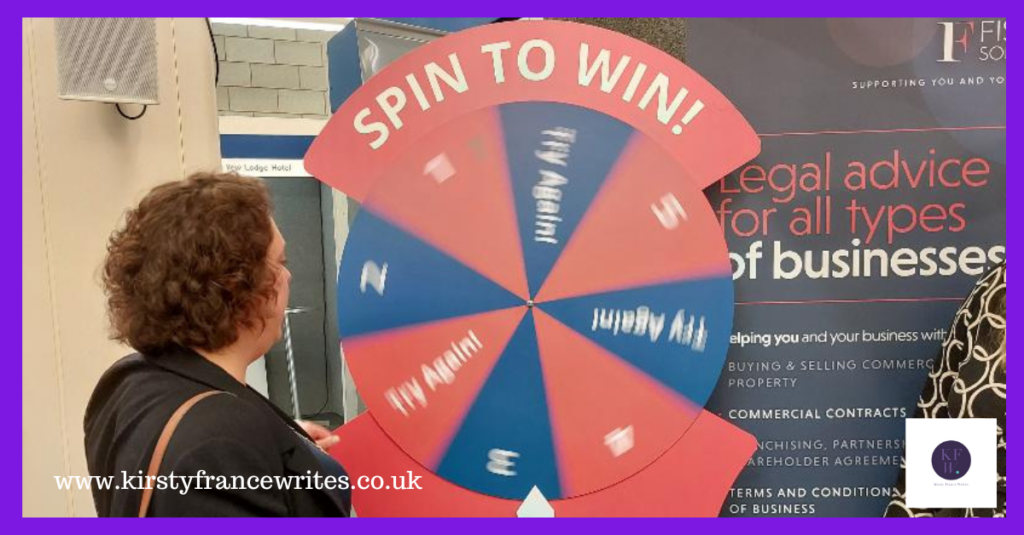I know you probably expect a writer like me to react to any mention of AI the way that Dracula might respond to someone brandishing a cross in his face. Basically, hissing and hiding my face. However, it’s becoming more of a feature in the content writing landscape, and I can’t ignore it. I’ve even found myself using it a bit. So, how can AI help your content writing? Read on to find out.

It’s excellent for topic suggestions
When you’ve been in business for a while, it can feel like your marketing has covered everything you could possibly talk about. You’ll have new followers who won’t have read it all before, but you still want to create something fresh.
You can ask ChatGPT for original ways to talk about your product or service, which will give you a list. They might not all be usable, but some will, and it could inspire you to come up with more.
It can come up with new and unexpected angles
Sometimes, writing new content involves presenting the same information in new ways or from a different angle. You can create beginner guides and tips for people with more experience or choose a particular interest group. If you serve more than one type of person, their needs will vary, and you can write for both groups.
AI can help you find new angles, so ask something like “Who would be interested in x and why?” and see what it suggests.
You can use it to mash two ideas together
You might have a great idea for an analogy but struggle to make it work in practice. Writing a blog post could be a bit like cooking a meal. You need the right ingredients, cooking techniques and a big serving dish… wait, where was I going with this?
I could ask ChatGPT to explain how writing a blog post is like cooking a Sunday roast to get the juices flowing.
It can help you get your brain unstuck
Sometimes, you need to translate jargon so your audience can understand it. You try to write an explanation, and your brain goes blank.
When that happens, head to your favourite AI and ask, “How can I explain x in layman’s terms?” The answer might not be a perfect explanation, but it can give you some phrases to use as a starting point.
How can’t AI help your content writing?
AI can be helpful in the right circumstances, but it’s a bit rubbish at human emotion. You know, the stuff that helps you connect with your audience and shows them who you are. As a small business, your personality and values help you stand out from other businesses offering the same type of product or service. That’s why you still need to write your own words or work with someone like me, who’ll get to know you and put your personality into your content.
If you want to work with an actual human to create engaging content that lets your customers get to know you, I can help. I’ll write blogs, posts, emails and whatever else you need to engage your audience and encourage them to get in touch. If you’d like a chat to find out how it works, you can book a call here. Or, use the form below to sign up for monthly content writing tips straight to your inbox.









